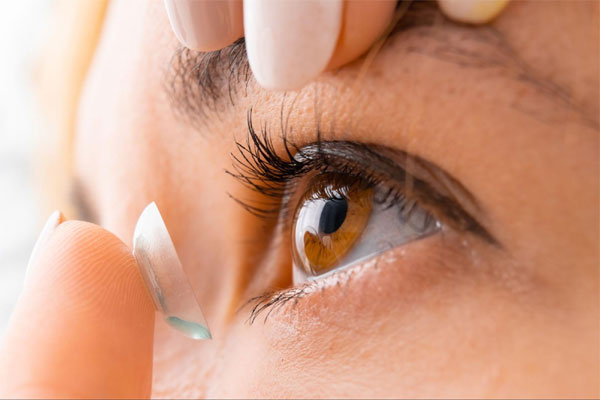Daijiworld Media Network - New Delhi
New Delhi, Aug 4: Once considered a condition affecting mainly the elderly, corneal blindness is now increasingly afflicting teenagers and young adults across India, prompting serious concern among health experts.
At the Indian Society of Cornea and Kerato-Refractive Surgeons’ (ISCKRS) annual meet in New Delhi, specialists warned that India reports 20,000 to 25,000 new cases of corneal blindness annually, with a growing share of cases seen in individuals under 30 years of age.
“We’re witnessing a dangerous shift,” said Prof. Rajesh Sinha, Professor of Ophthalmology at AIIMS. “Simple infections, untreated eye injuries, and poor awareness are turning into permanent visual disabilities among the young — all of which are entirely preventable.”

Corneal blindness, which occurs when the transparent front layer of the eye (the cornea) becomes clouded or scarred, is now the second leading cause of blindness in India. Experts highlighted contributing factors such as:
• Injuries sustained in agriculture, construction, and factory work, often left untreated
• Use of home remedies, which can worsen infections
• Vitamin A deficiency, still common in rural areas
• Limited awareness, delayed diagnosis, and inadequate access to specialist care
“It's unacceptable that in 2025, we are still losing thousands of young eyes to avoidable conditions,” said Dr. Ikeda Lal, Senior Consultant in Cornea and Cataract Surgery. “We must recognize corneal blindness among the youth as a public health emergency.”
Dr. Lal called for early detection, community-based screenings, and expansion of school and rural health programs. She also advocated for mobile eye-care units and tele-ophthalmology to close the accessibility gap between urban and remote areas.
“Even minor symptoms like redness, irritation, or blurred vision should never be ignored,” she cautioned. “By the time many reach specialized centers, it’s too late.”
Health leaders at the conference urged the government to launch a national corneal health strategy focused on prevention, awareness, and treatment — especially targeted at the young, who are now increasingly at risk.